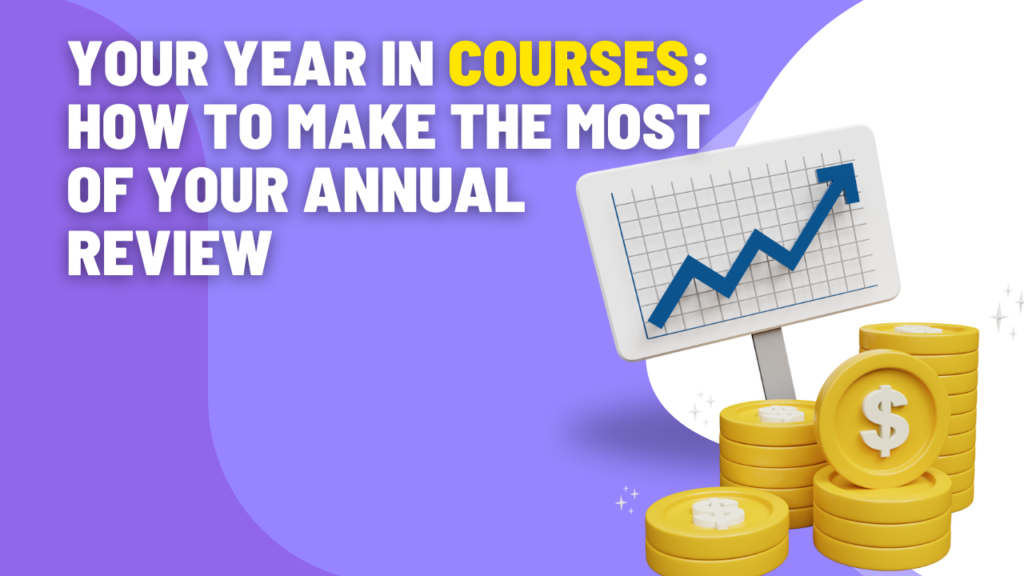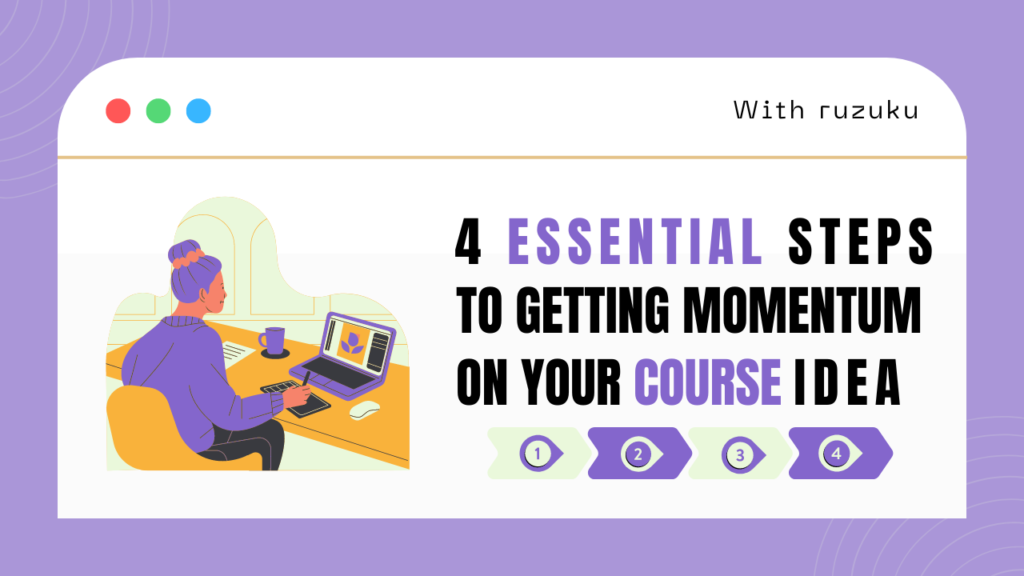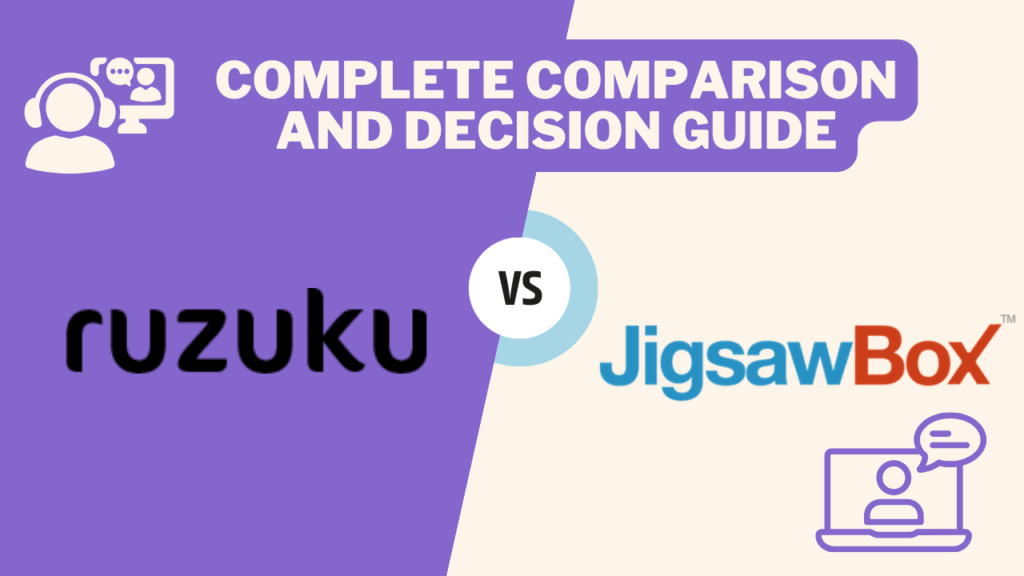Last week we asked what a course creator has to do to have their best year yet.
The answer was “it all comes down to planning.”
But it’s actually a little bit more complex than that. A huge component of planning out your year involves sitting down to review the year that just happened — and last week’s post just skimmed the surface.
That’s why we’re breaking down the review process in detail this week.
We’ll be looking at the following high-level questions:
- What did you offer?
- What worked? And what didn’t work?
- How can you build on what happened in 2016 to improve your results in the coming year?
Note that there’s no process that works perfectly for everyone. But this post will lay the groundwork for you to figure out your ideal review process for your online course business.
Take the pieces that work for you, leave what doesn’t, and use what you learn to create your own process.
Are you ready to have your best year yet?
Let’s get started!
Put Together Your Review Process
The first big step in figuring out what comes next in 2017 is to do an audit of everything that you did this past year.
You’ll systematically step through the past 12 months, looking at everything that you offered and the results you got from your efforts.
There’s a helpful guided reflection practice that can help you get the past year out of your head and onto paper.
Look back over your year
There are 3 components to this Guided Reflection practice:
1. Review
Look at how you are investing your time, energy, and resources. Often, the reality is different than your intentions.
Here are some questions you can ask yourself to get started:
- What activities took up the most space on your calendar?
- What did you invest the most money in this year?
- What activities felt like they didn’t move you forward?
- What would you like to do more of (or less of) this coming year?
2. Celebrate
Acknowledge what you’ve accomplished — even if it feels small! It’s common to sabotage your momentum by failing to recognize the progress you’re already making.
Ask yourself the following questions if you’re not sure how to get started:
- What were your biggest “wins” this year?
- What are you most grateful for?
- What was your most meaningful contribution?
- What are you most happy about completing?
3. Identify
Identify lessons learned from your experience, and look at how to apply them over the coming year. Experience is your greatest teacher. It’s more powerful than any training — if you can tap into it.
Here are a few questions to ask:
- What were the risks you took?
- What is your unfinished business from this year?
- What one word or phrase best sums up and describes your experience?
- What were the best or most fulfilling business experiences you had?
Then, once you have a general idea of how the year went, it’s time to get more specific.
Dig into the details
Your next step is to list out what you offered and the results you achieved.
Look back through your calendar, and take a look at the actual emails you sent out and any other marketing you did to remind you about what you put out into the world. It can be hard to remember exactly what you did all the way back in January!
Here are the detailed questions you can ask:
- What did you offer? Was it a course or courses, service offerings, coaching, or something else?
- What was the pricing?
- What did you do to market it?
- What were the results — the number of signups, or the amount of revenue?
If you want to dig a little deeper, you can also look at the following questions:
- How well did your marketing work?
- What was the most effective area or areas of your marketing for this course?
- Where was there lots of engagement? Did you have blog posts that got a lot of comments, or social media posts that got a lot of replies?
- What areas didn’t seem to work as well?
- What opportunities do you see for improving the marketing of this course in the future?
- What kind of results did you get?
- How many people did you reach with your communications?
- What was the conversion rate for your offers? (How many people purchased, based on the number of people you reached out to?)
But it’s not all about the numbers. Sometimes the biggest gains are from the lessons you learned along the way.
Look at what you learned
Take a look at the year as a whole, as well as each individual offer you made.
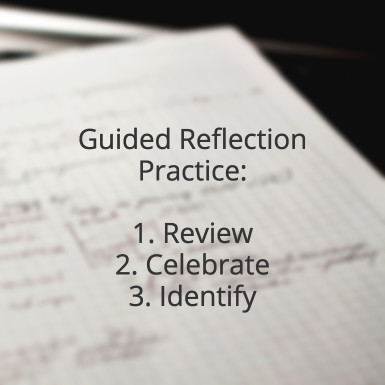 Were there valuable lessons that you learned about your marketing or sales process?
Were there valuable lessons that you learned about your marketing or sales process?
Or maybe you learned a ton from running the program and interacting with your participants.
For example:
Learning what marketing tactics don’t resonate at all with your audience can be just as beneficial in the long run as making a sale or two.
Make a specific list
Go through this review process for each month of the year and each course offering. You’ll use this information to build out a list — include every offering on the list and the results you saw.
The more you put into the review process, the more you’ll get out of it. By going back and looking deeply at each offering, you’ll come away with more ideas for how to improve in the coming year.
For example:
Go back and review the emails you sent in January to promote the course you ran in February. Now that you’ve finished running the program, you have a different perspective on the whole process. The emails may have seemed great when you first wrote them, but now you can look back and see ways that they can be improved.
Rather than using the same marketing over and over, the review process will allow you to see where you can improve.
Carve out time to reflect
Set aside time throughout your year to work through the review process.
Knowing that things will change between now and next summer – and the end of the year – there’s a lot of value to taking time out quarterly to adjust your trajectory. This gives you a chance to look at what’s really happening and reset.
The annual planning gives you a direction to go, and the more frequent reviews allow you to adjust as you move forward.
Then once you know how your year went, it’s time to look ahead to 2017.
How will you move forward?
The next big step in the process is to figure out where you want to focus moving forward.
By defining your intention, you point yourself in the right direction as you set off into the new year.
One of the best ways to figure out your focus is to put together an Intention Triangle.
Set your intention
To begin, picture a triangle.
At the top point of the triangle, you have intention.
What is your overall sense of priority? If you had to capture what you want to focus on in a single phrase or mantra, what would it be?
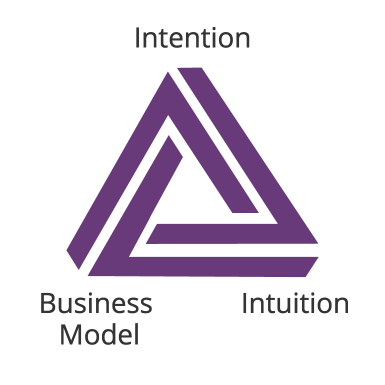 Next, at the bottom left of the triangle, we have your business model.
Next, at the bottom left of the triangle, we have your business model.
How is your business going to make money in 2017? What’s been working well that you want to build upon? What new opportunities do you see to profitably serve your clients?
Finally, at the bottom right point of the triangle, envision a place for your intuition.
What are you sensing as most important for you? What’s pulling you forward? What feels right?
Your priorities for the coming year should emerge organically from reflecting on – and balancing – each of these 3 points.
The idea is to avoid being out of balance in any one area.
For example:
It’s fruitless to try to focus on your business model and increasing revenue if it doesn’t fit with what you want in your business or how your business fits your life. It’s also ineffective to just do what seems interesting without checking that it makes business sense.
Take a moment to write down what opportunities you see for next year that balance intention, business model, and intuition.
There is also a second – and equally important – piece to this process.
You want to look closely at what emerges in the center of the triangle. Put it under the microscope and ask if the ideas are truly focused enough.
To do this, use the powerful lenses of minimalism and “Essentialism.”
The philosophy of minimalism asks, “What is the simplest path? What is the least you could do, that would allow space?”
The practice of Essentialism (from the book by Greg McKeown), advises you to focus on what is most essential — what will most help you move toward your vision of the important and the good.
For each of your ideas and opportunities, ask, “Is this is essential?” and “Is there any way to make this simpler?”
You’ll soon begin seeing ways to pursue your intention with less complexity and greater clarity.
Get laser focused
Now that you have your intention set, don’t spread yourself too thin.
Really successful entrepreneurs and online brands are very methodical and focused on a limited set of offerings.
Take Marie Forleo as an example. She opens up BSchool only once each year. She has a huge team working for her, and could launch the program multiple times a year, but she has chosen to stay very focused.
Then compare this with the solopreneur working out of her bedroom, trying to host 15 courses per year — spreading herself too thin because she has a bunch of courses to market and way too many new things to learn.
Which of these two examples is you?
Are you willing to establish a focus and prioritize it? And are you prepared to not do the other things you’re tempted to do to make your course business really effective?
Rather than dilute your efforts, take a deep dive and figure out how you can learn as much as possible about what worked and what didn’t.
Then you can make your course offerings better in every way — from marketing and sales, to the experience that you deliver, to how it ties into your other offerings.
Once you make the decision to focus, the sky’s the limit.
Make 2017 your “Best Year Yet”
Now you know how to do a deep dive into your annual review process and figure out what your focus is going to be for the coming year.
Your next step is to carve out some time between now and the end of the year to get started.
Say goodbye to flailing around in January trying to figure out what comes next or what becomes a priority.
No more uncertainty about what activities are going to get you to your goals.
Instead, you’ll be ready to take on 2017 and make it your best year yet.
And if you’re still not sure how to plan out your 2017, join us next week for our Planning Workshop. We’ll walk you through the process step-by-step to make sure you’re ready to hit the ground running.
Are you planning to sit down for an annual review this year? Is anything holding you back? Let us know in the comments!

